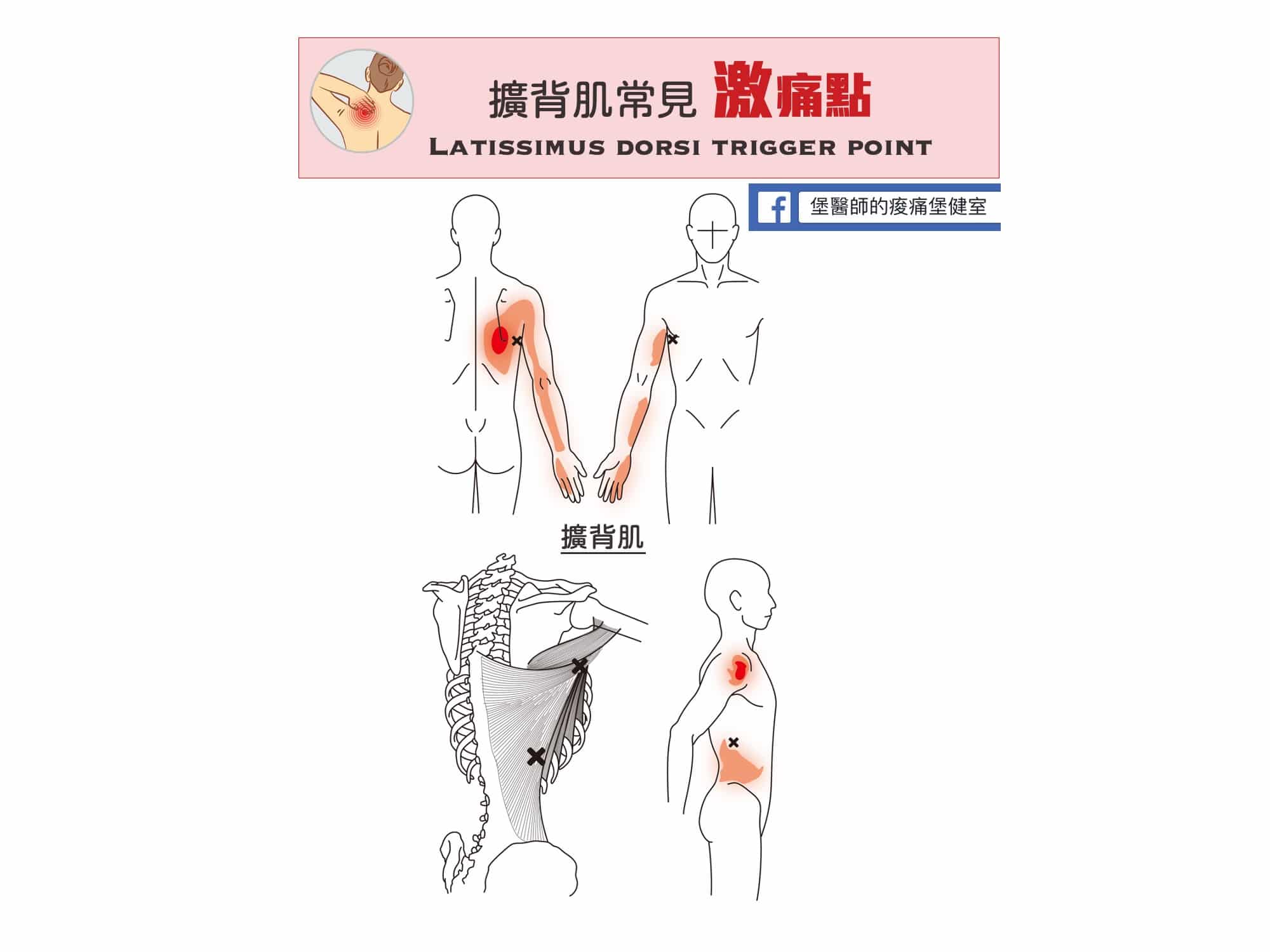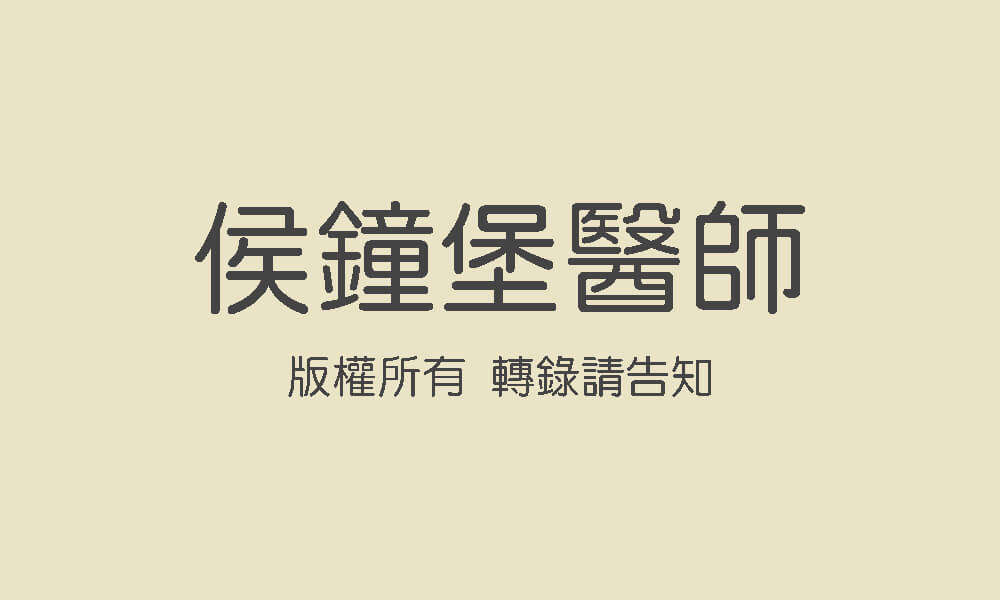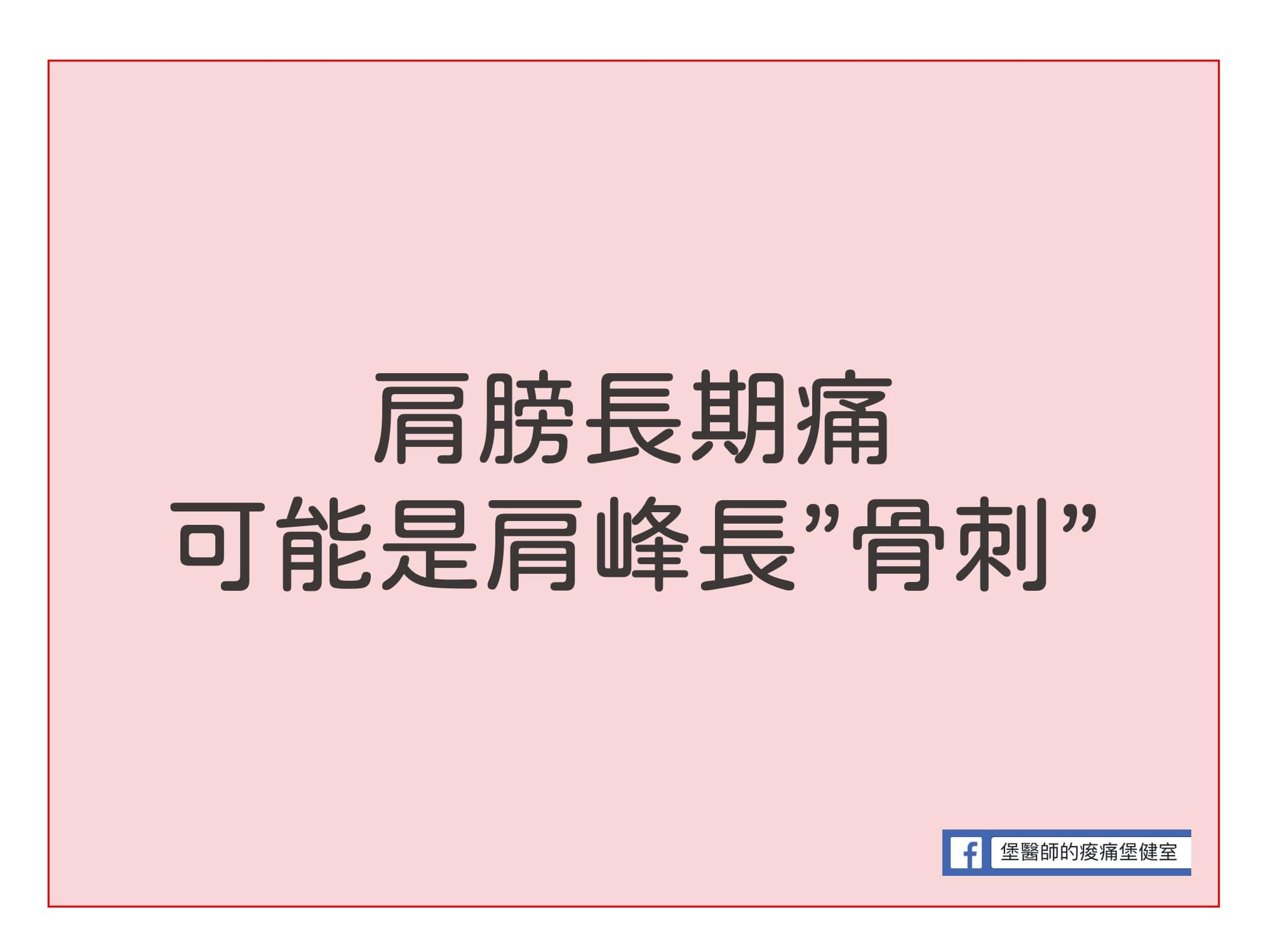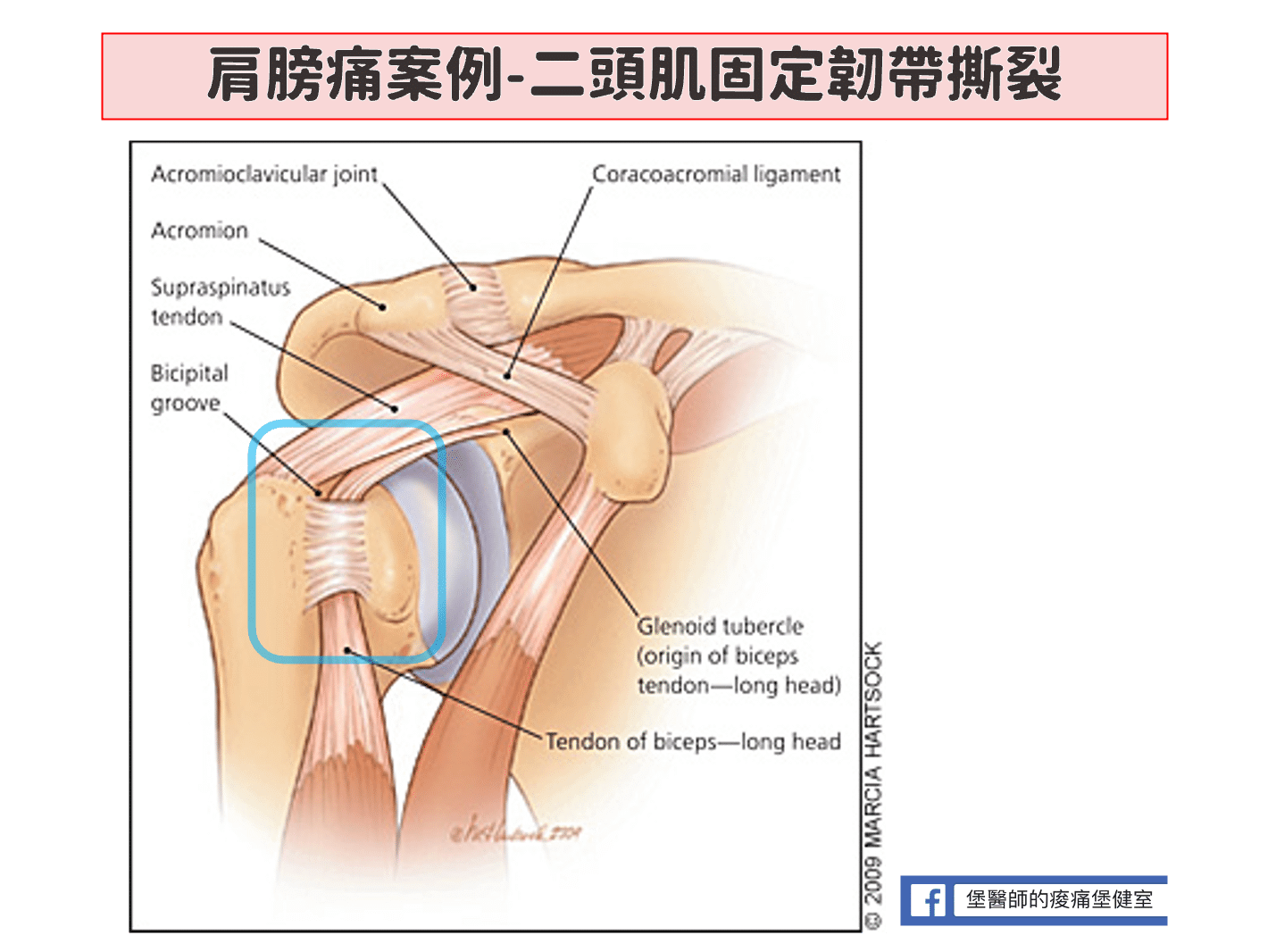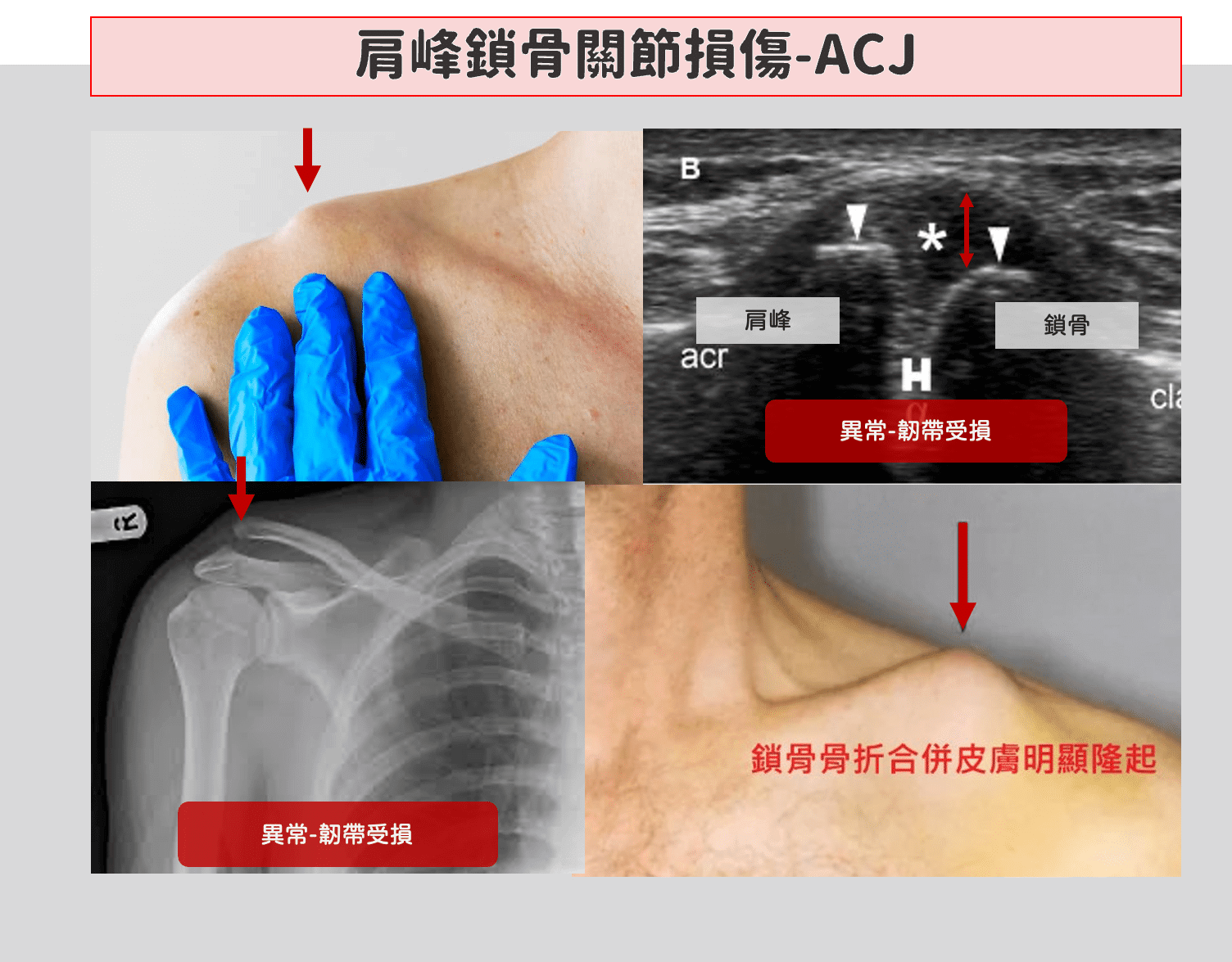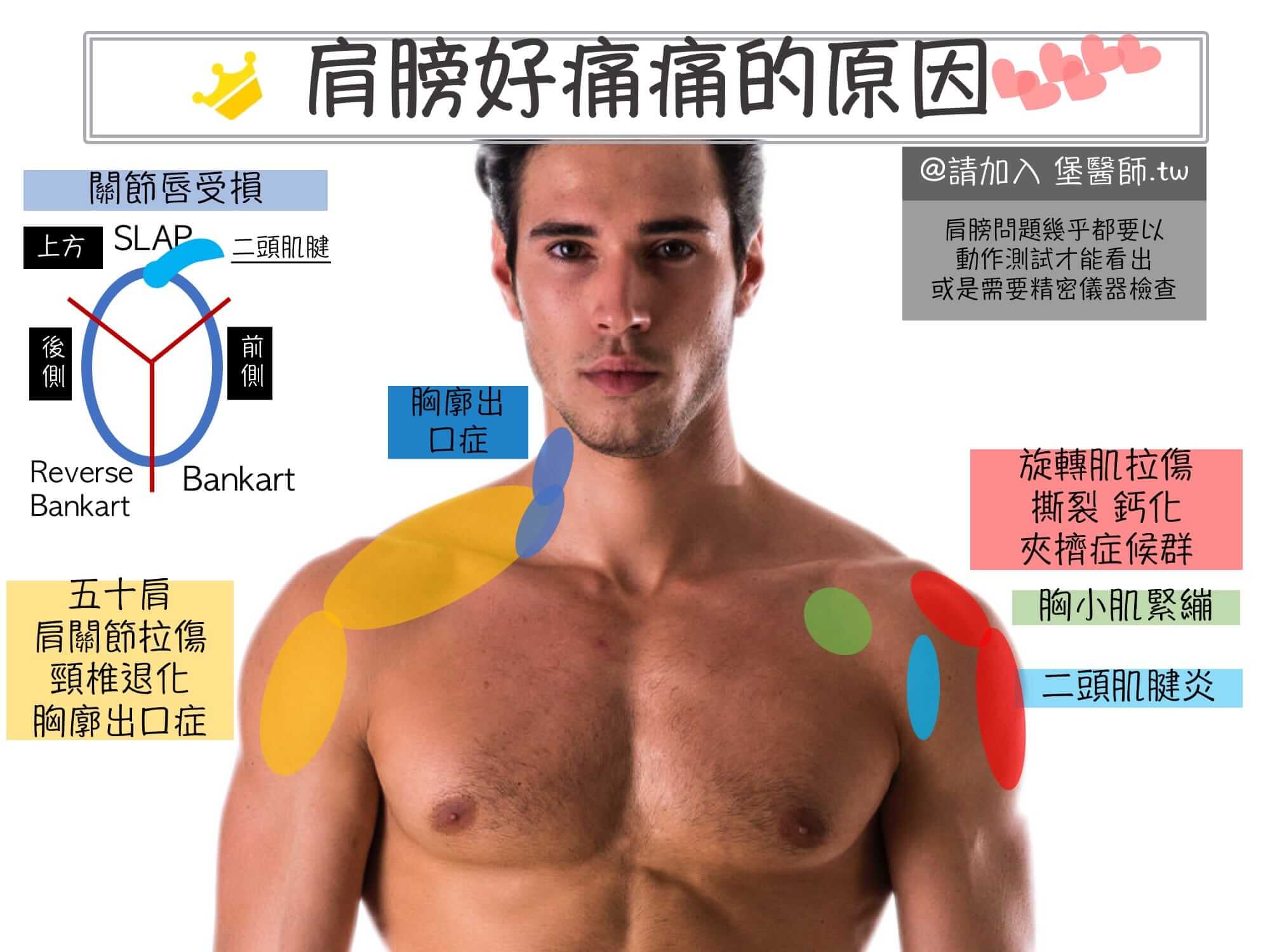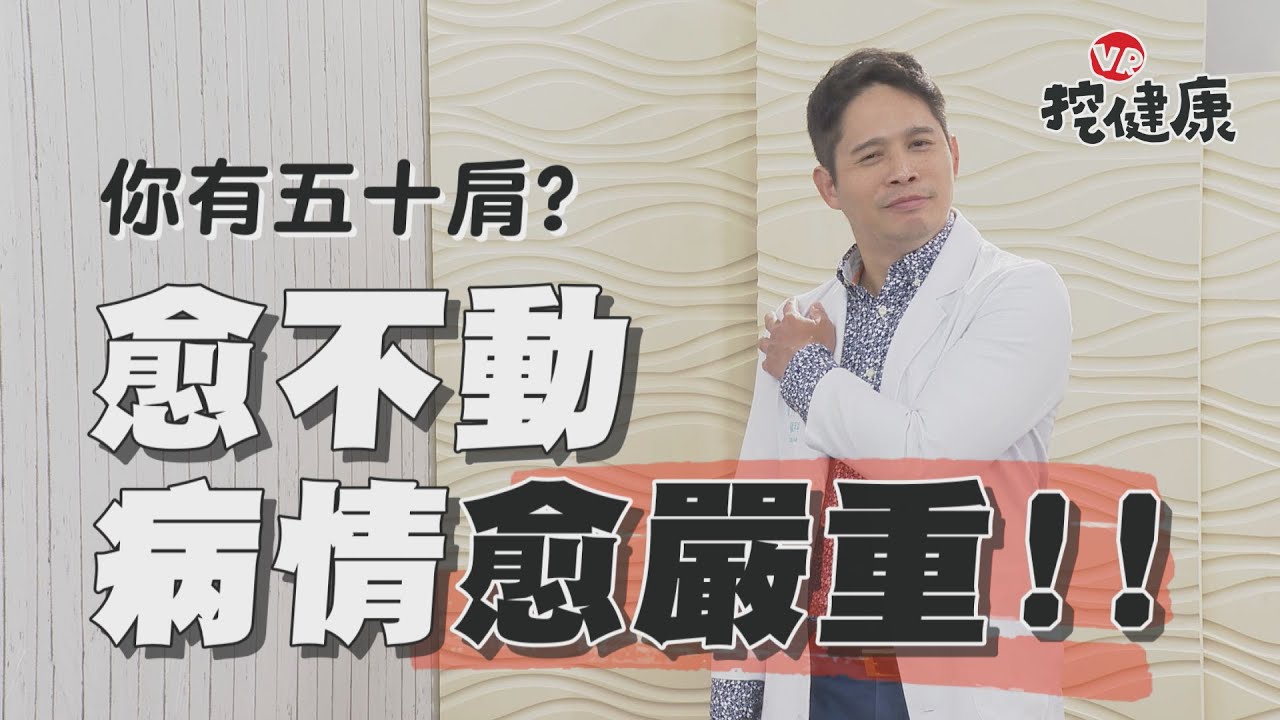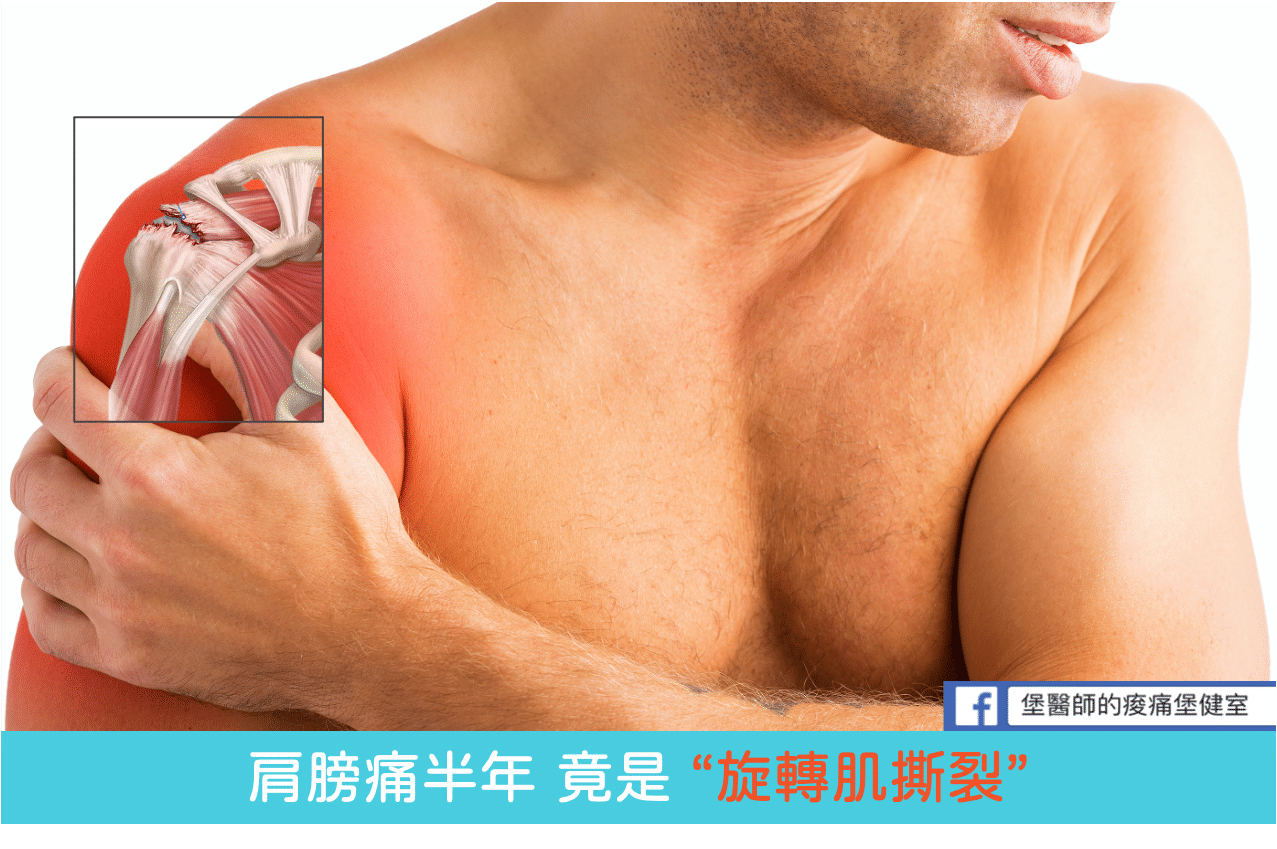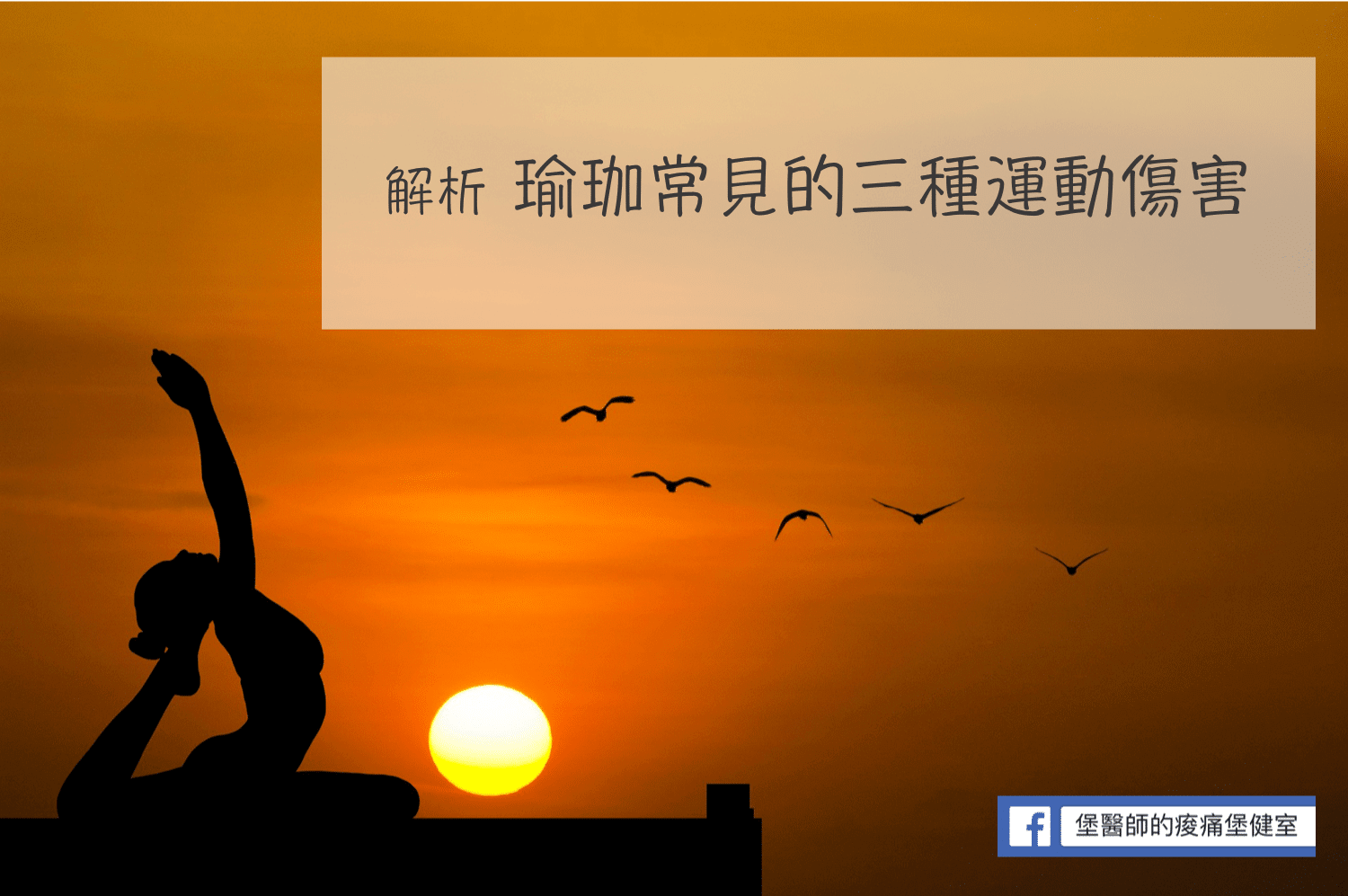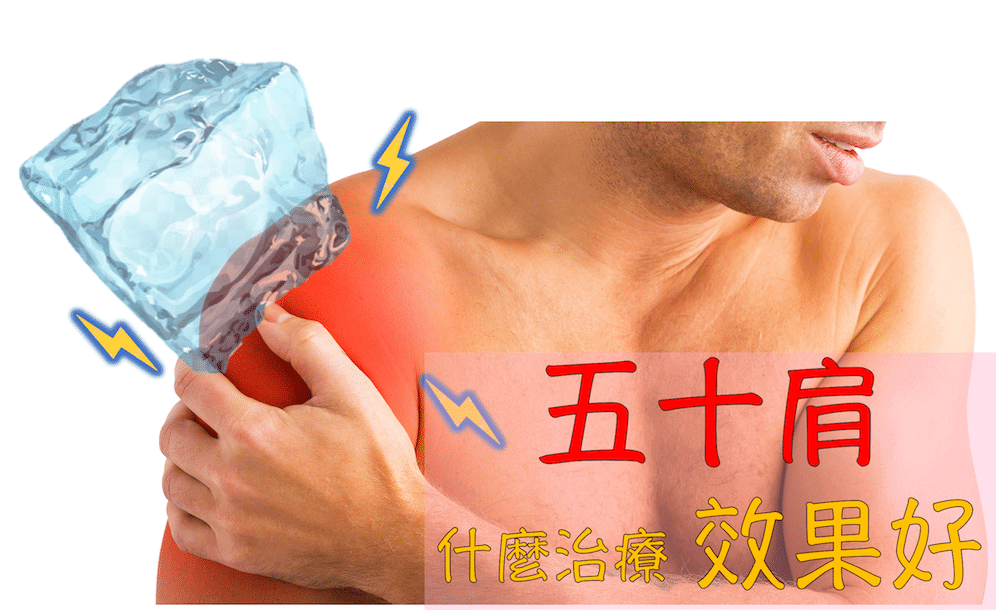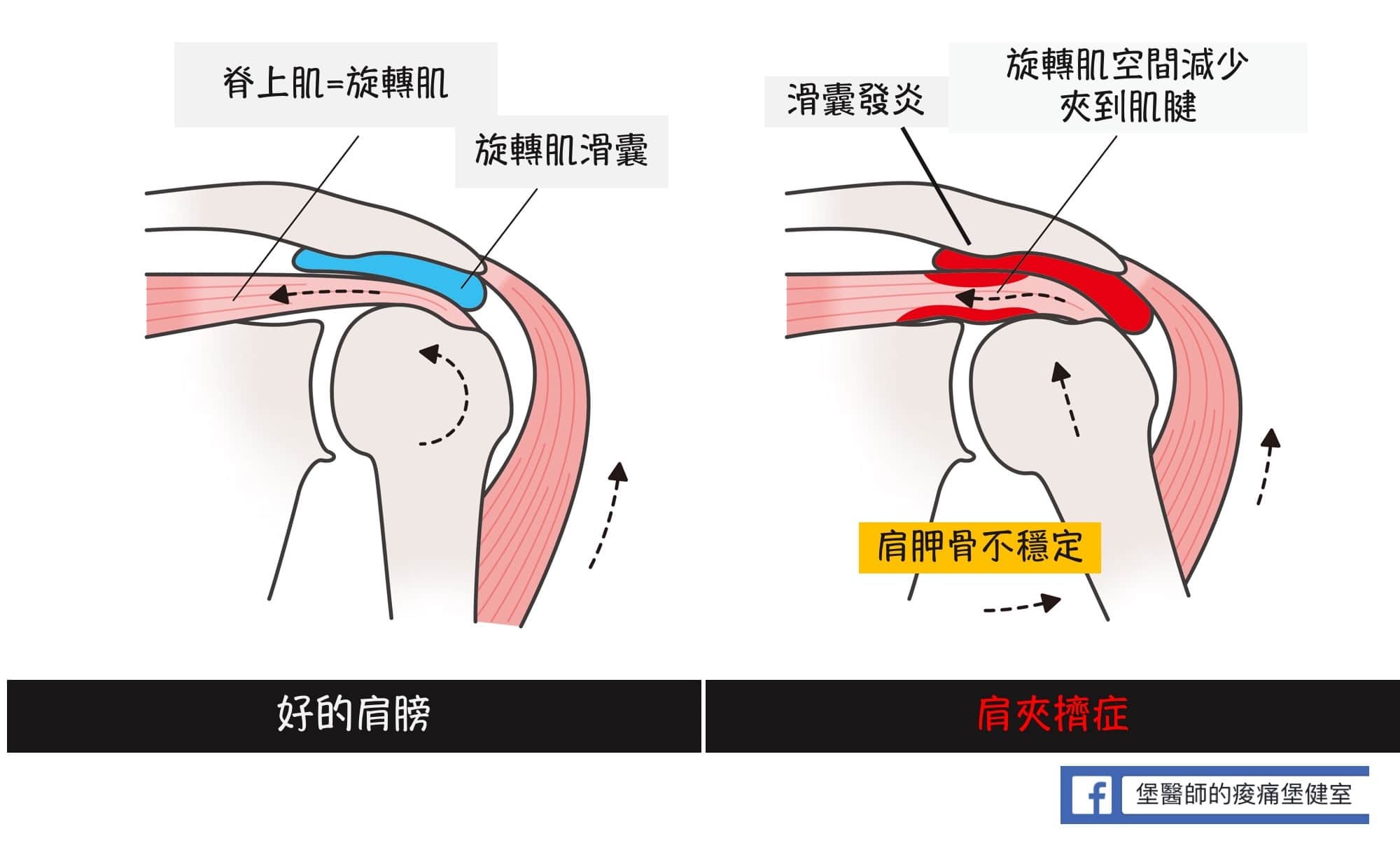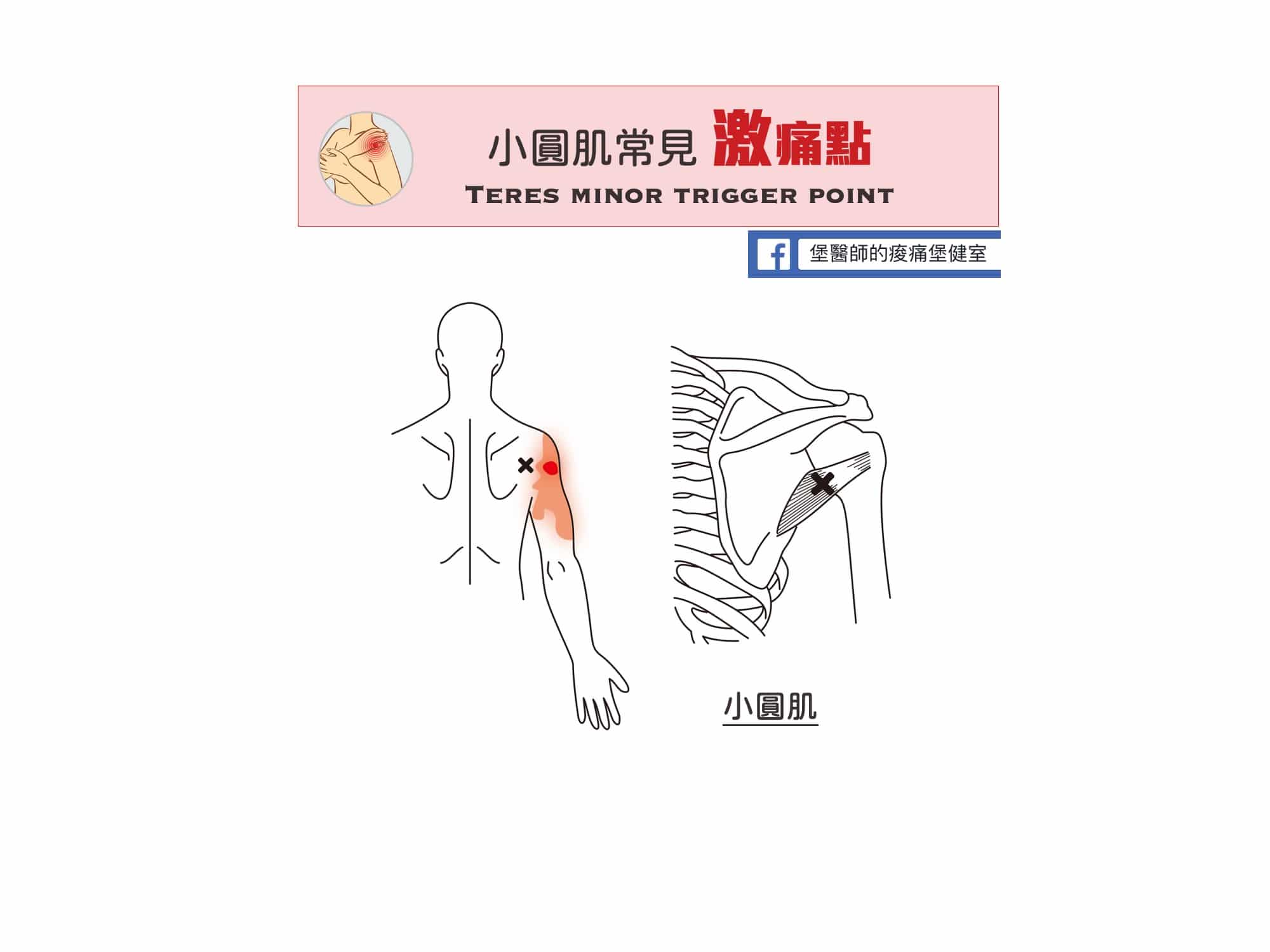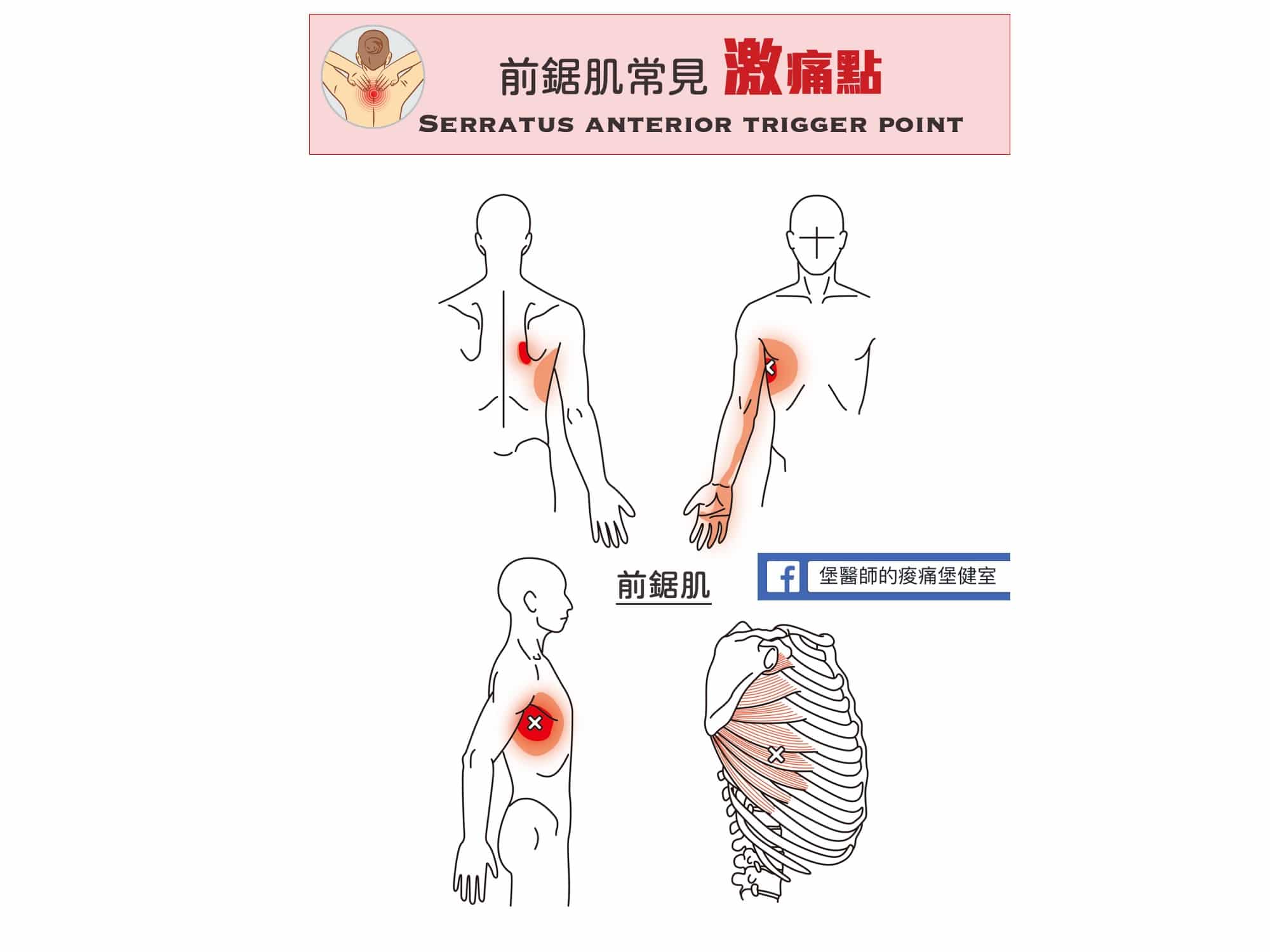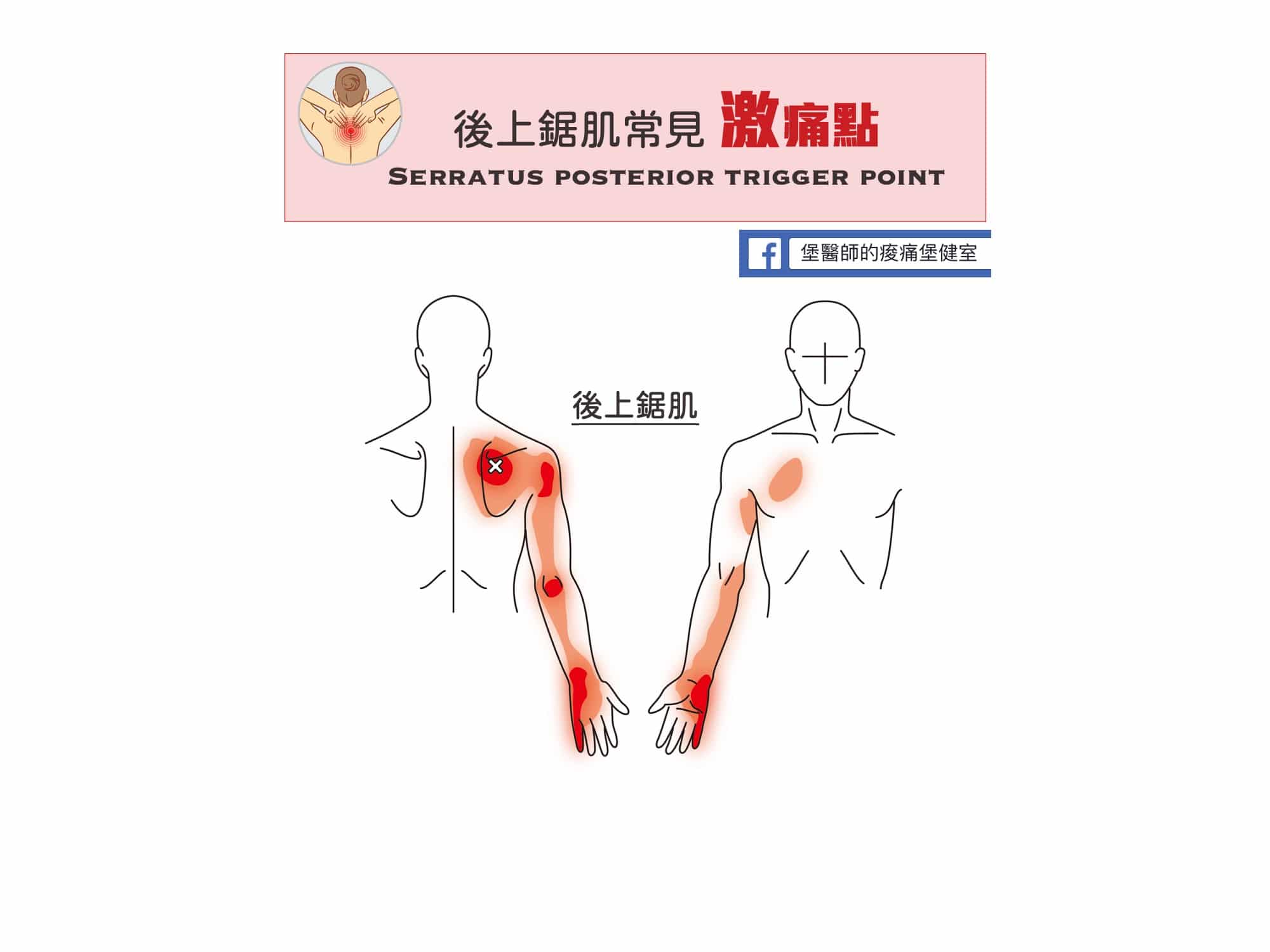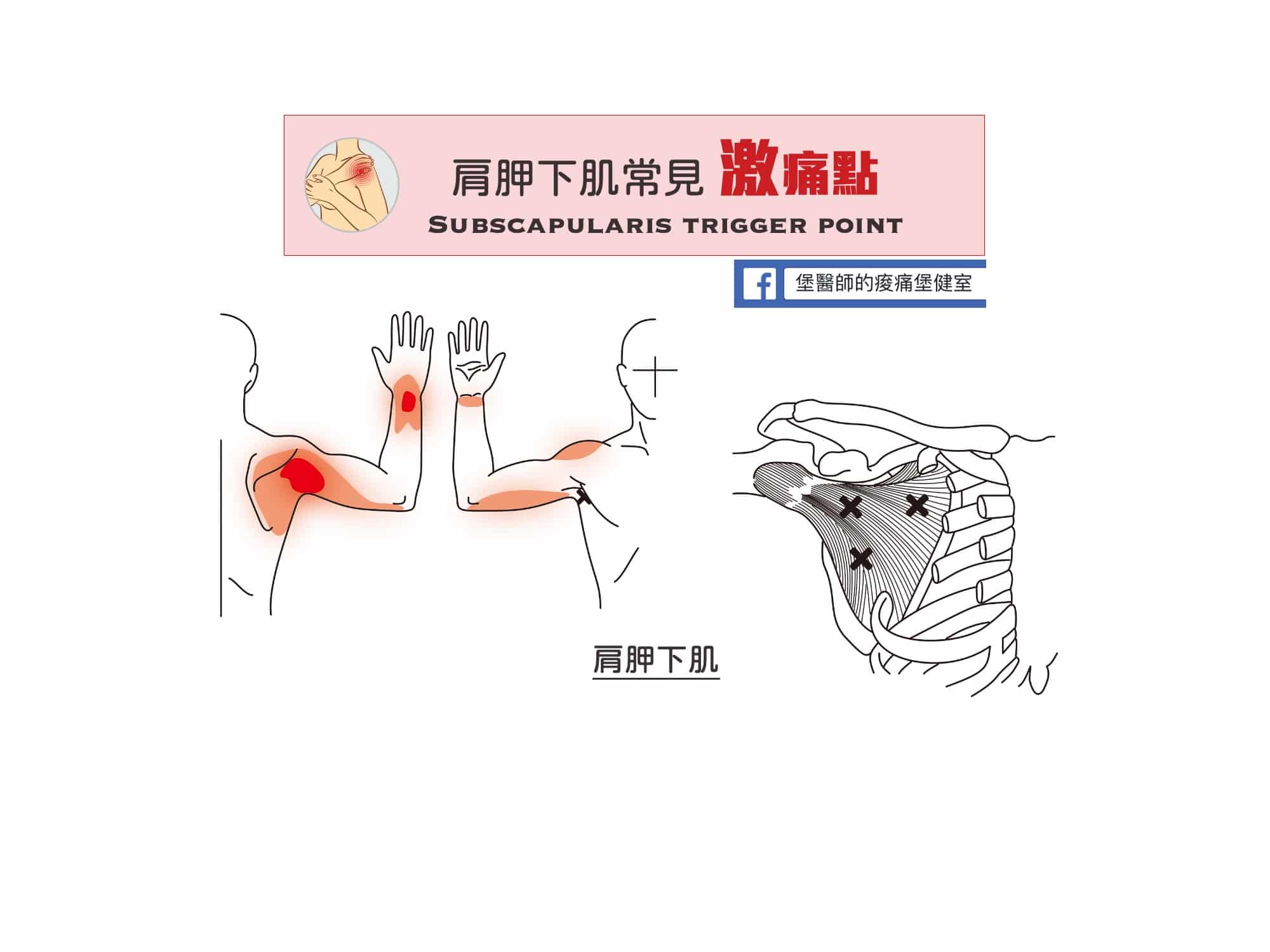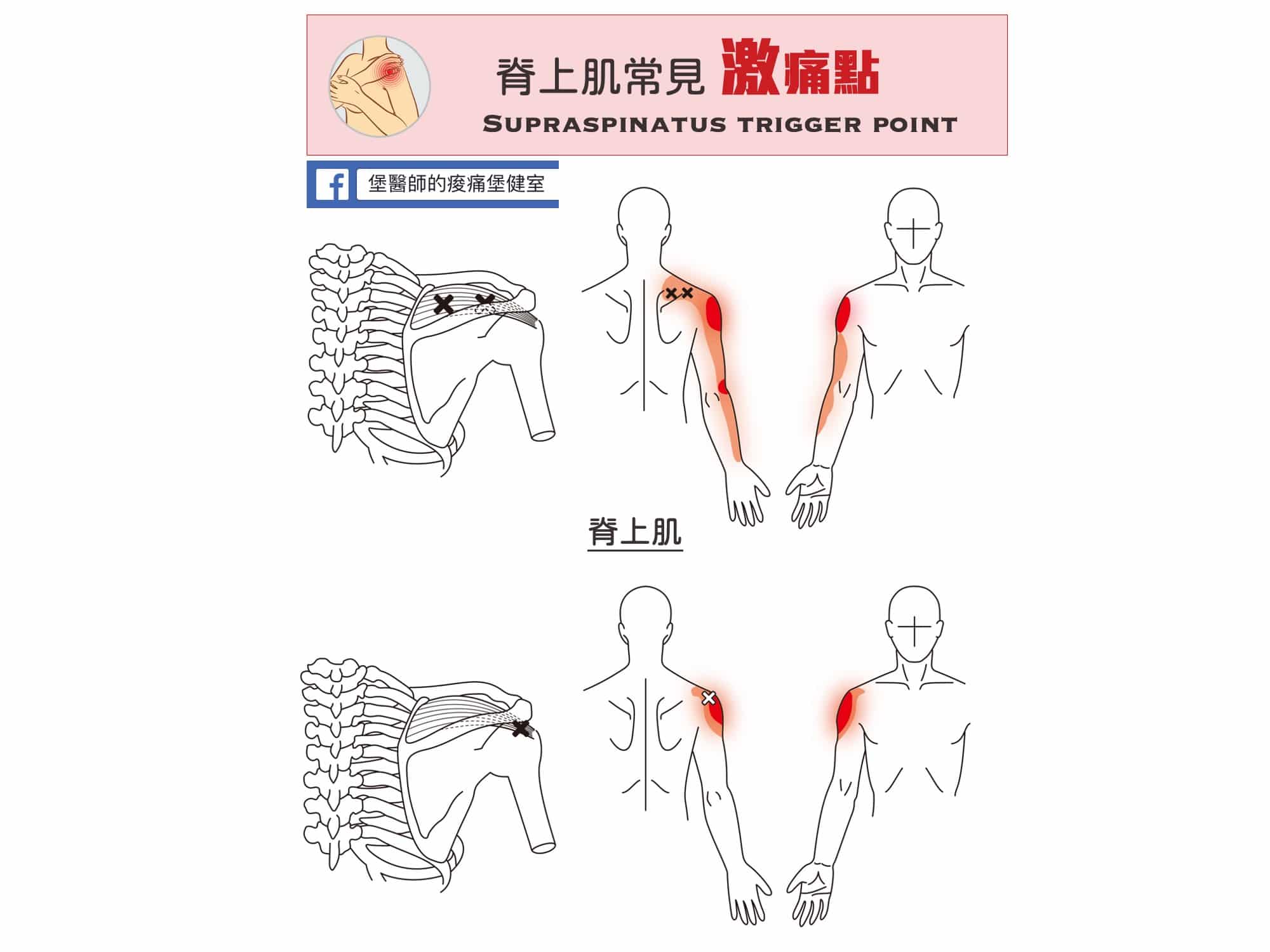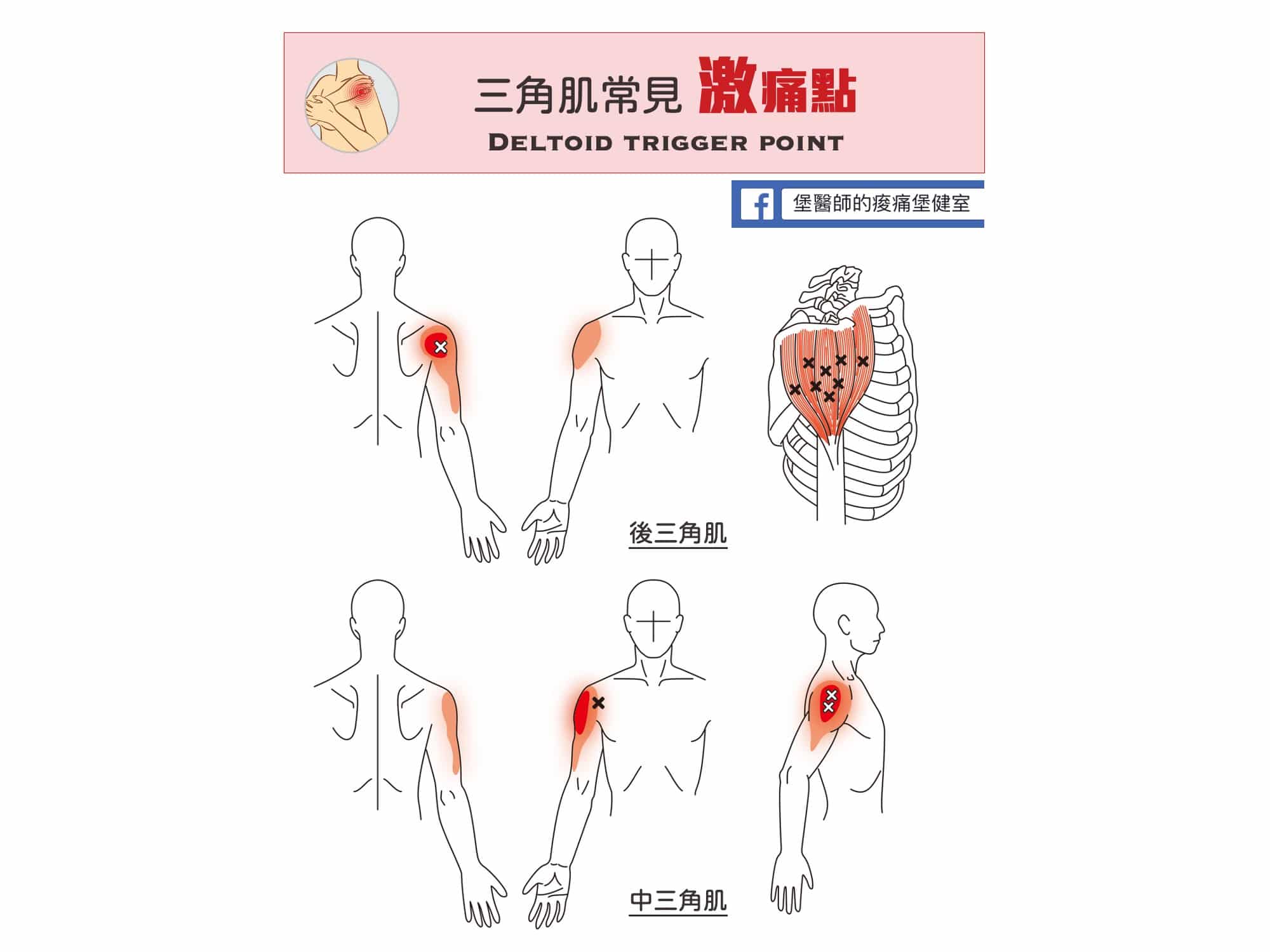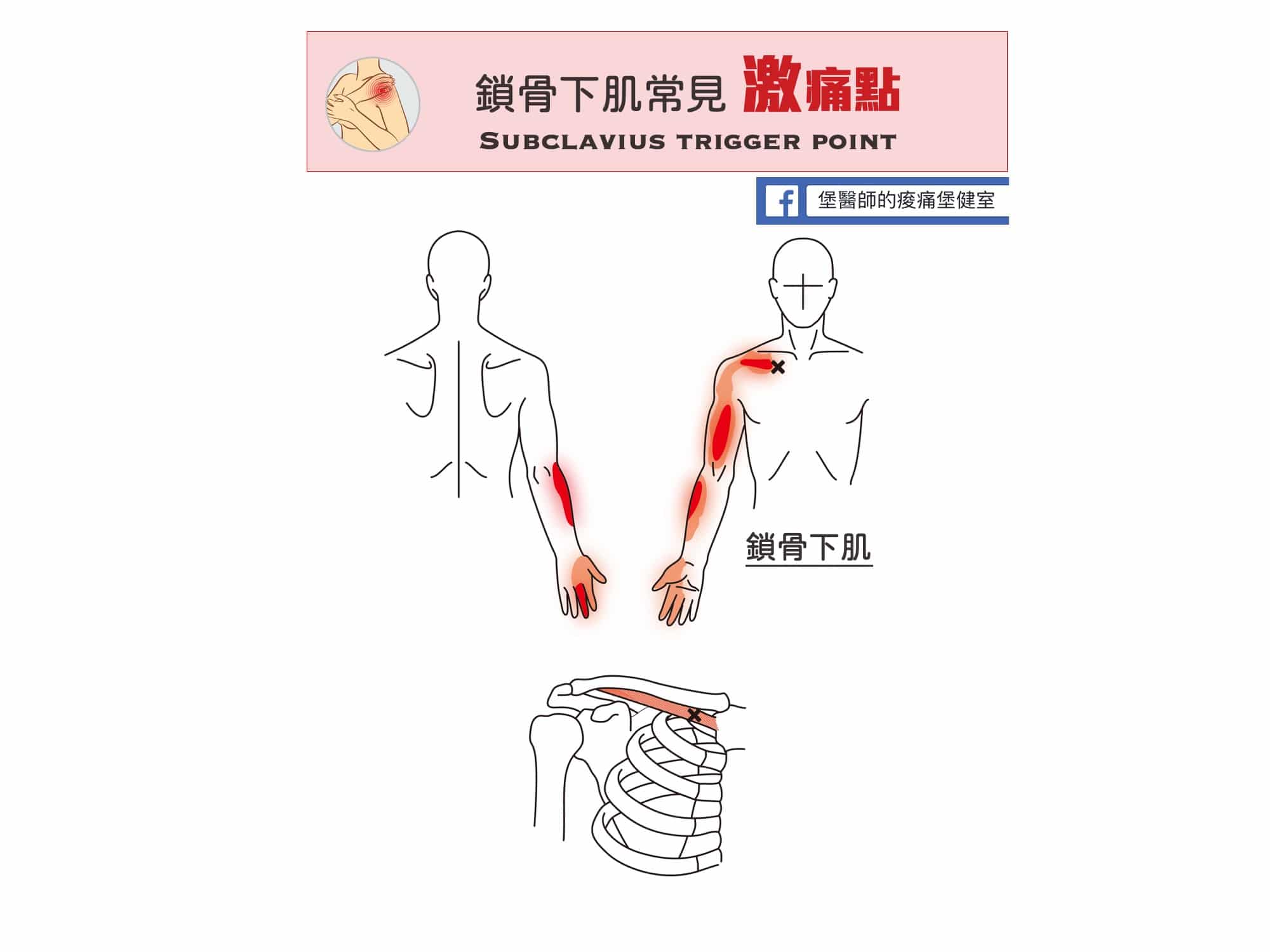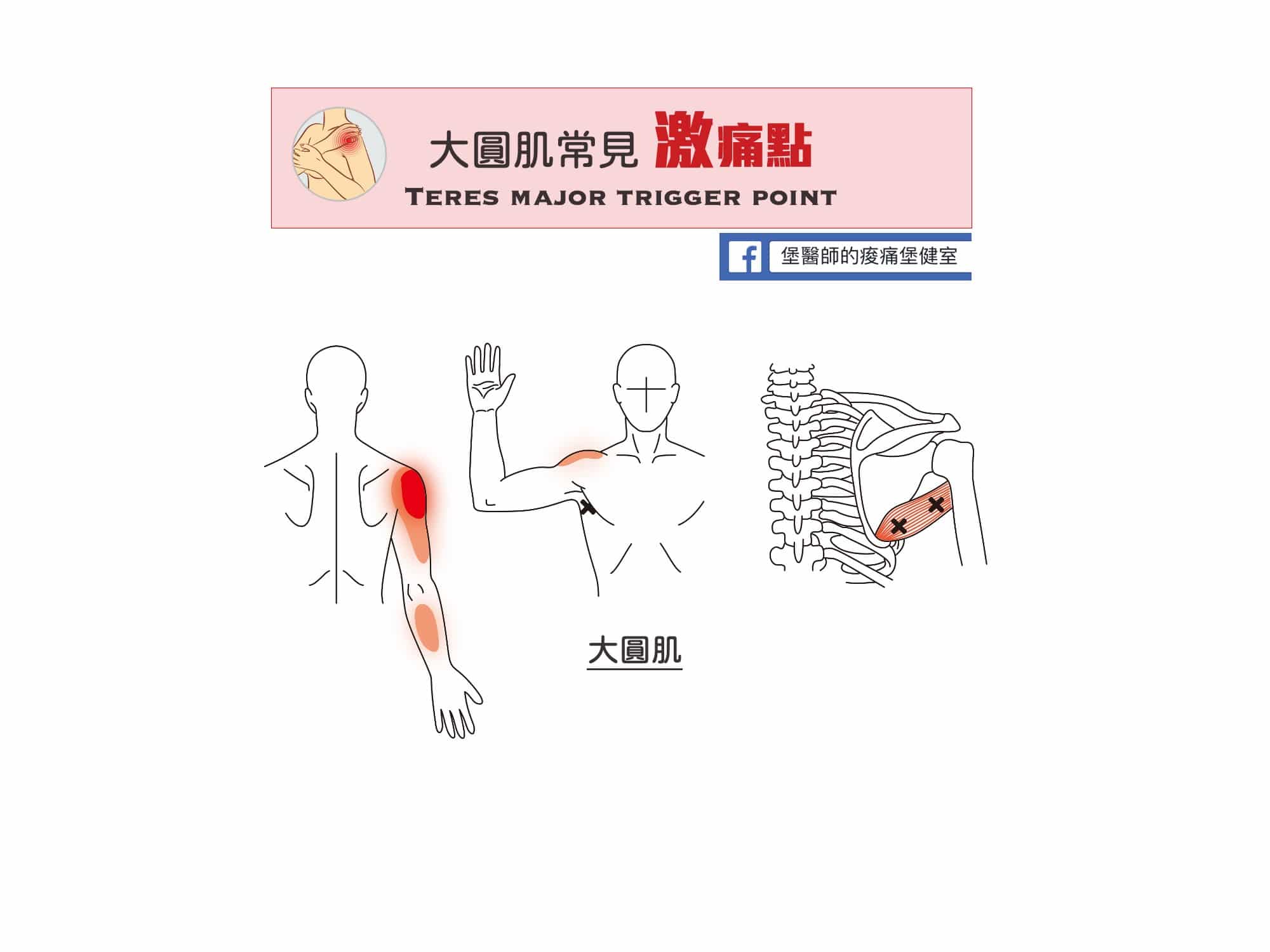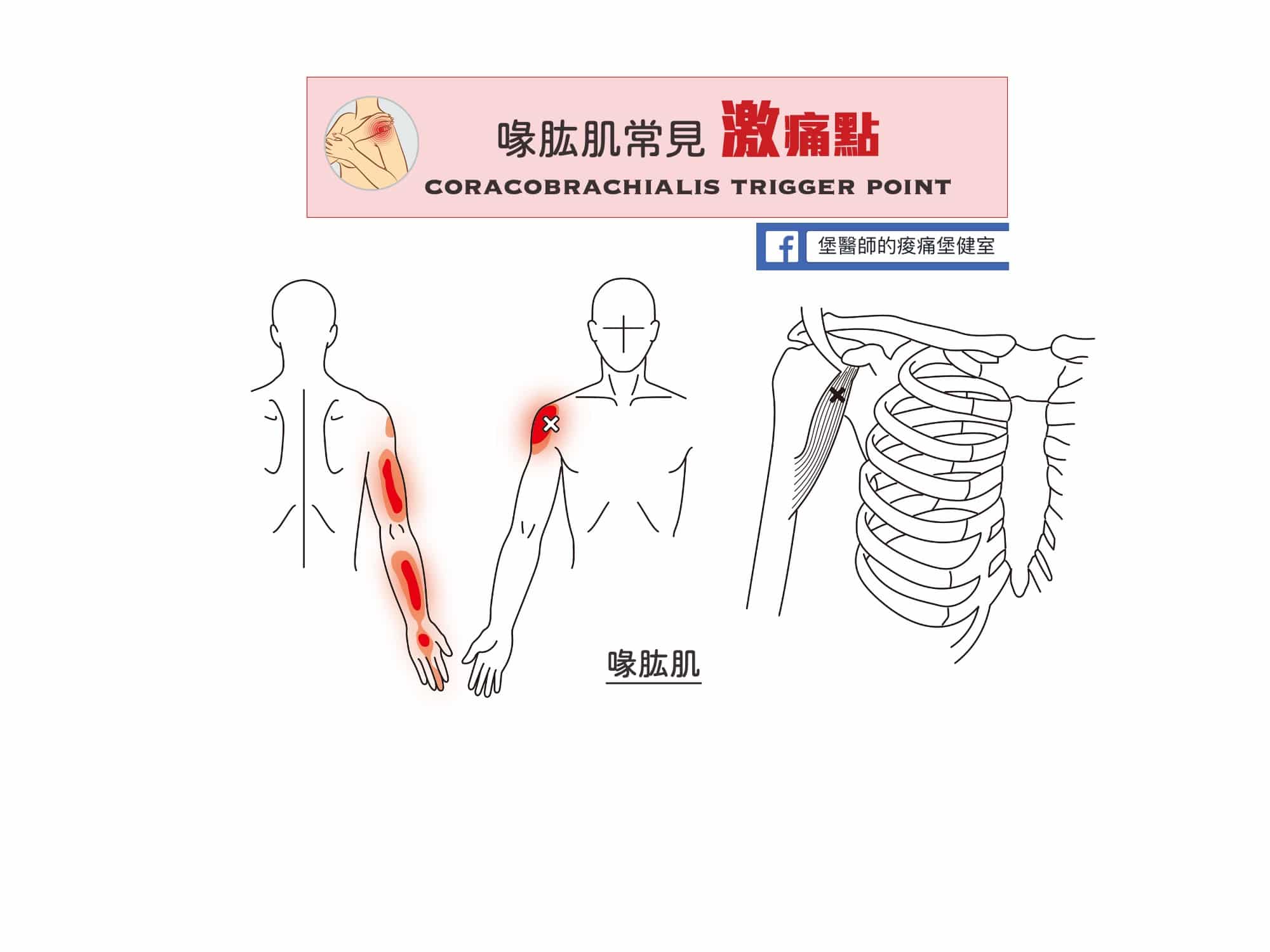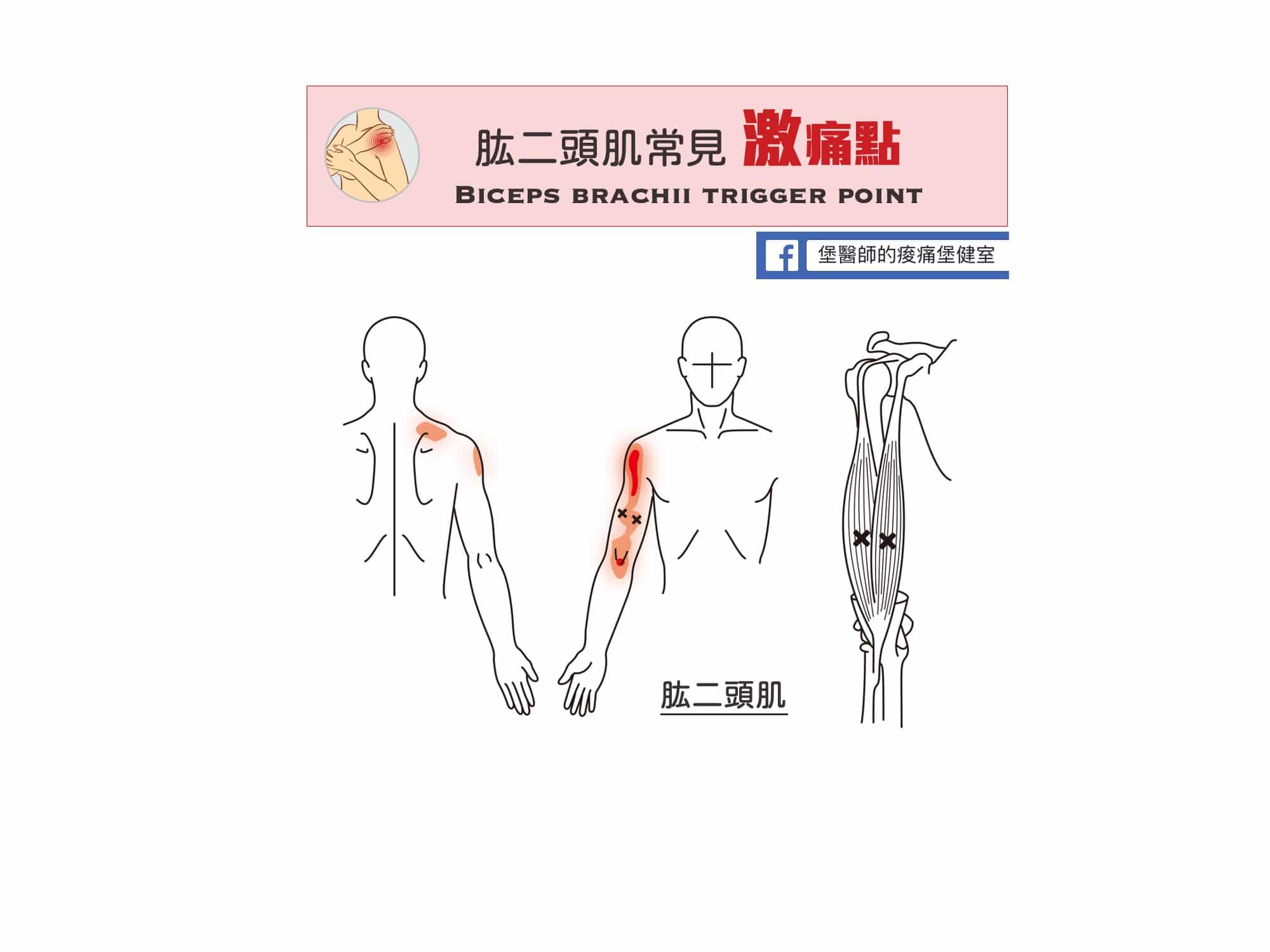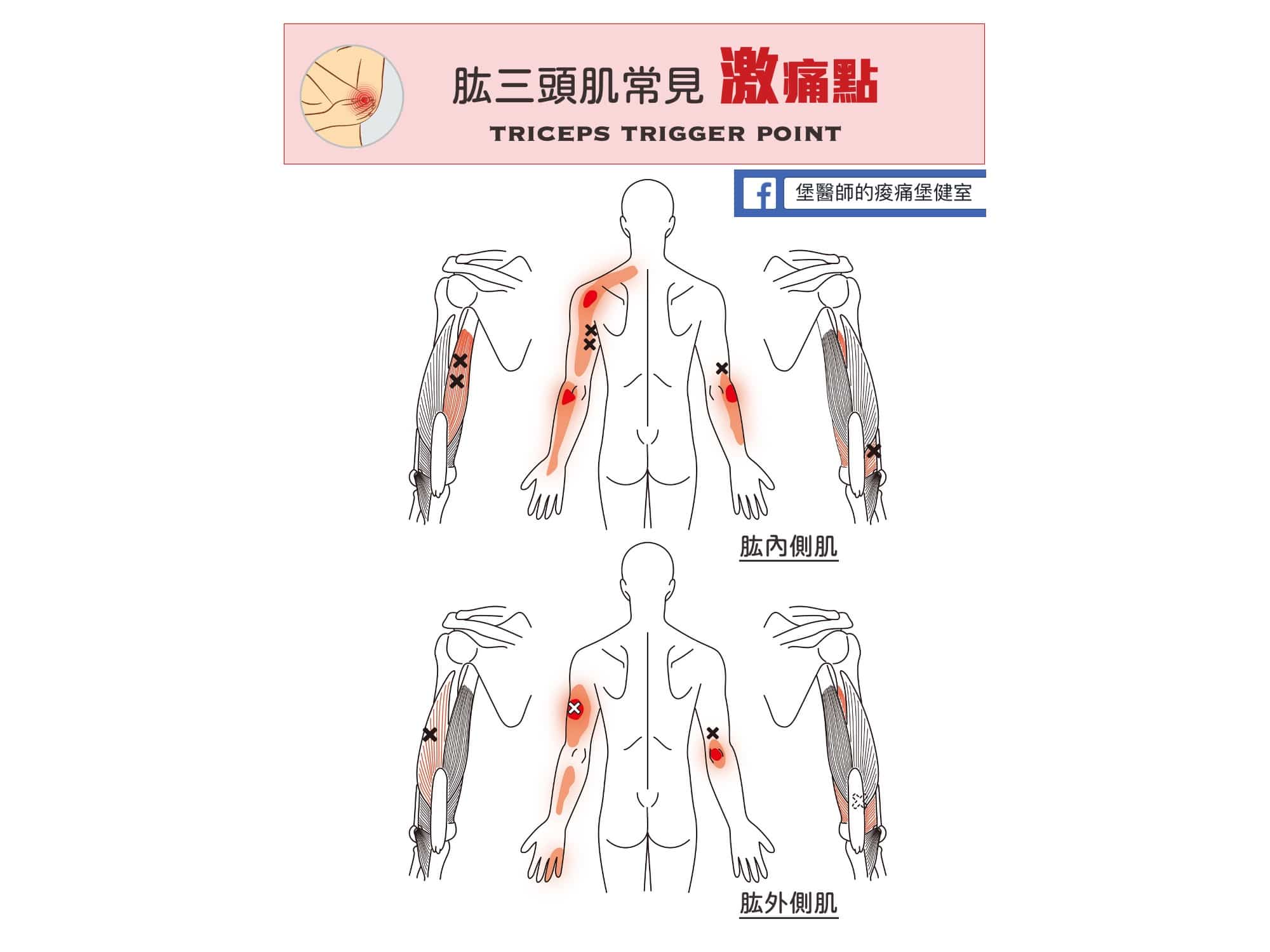五十肩進階期刊-深度討論
上面衛教版的文章寫完,其實對於五十肩的構成病因還是一團迷霧。於是到了該實事求是的時候了。決定去找最新的期刊研究 Shoulder Elbow 2017發表的review article回顧性文章。
此部分較為艱深,乃為醫療人員、或是正在五十肩而不知所措的患者看了較容易進入狀況。請謹慎使用。
下面是pubmed連結,右側有全文連結可看。 沒女朋友,時間很多的可以慢慢看
https://www.ncbi.nlm.nih.gov/pubmed/28405218
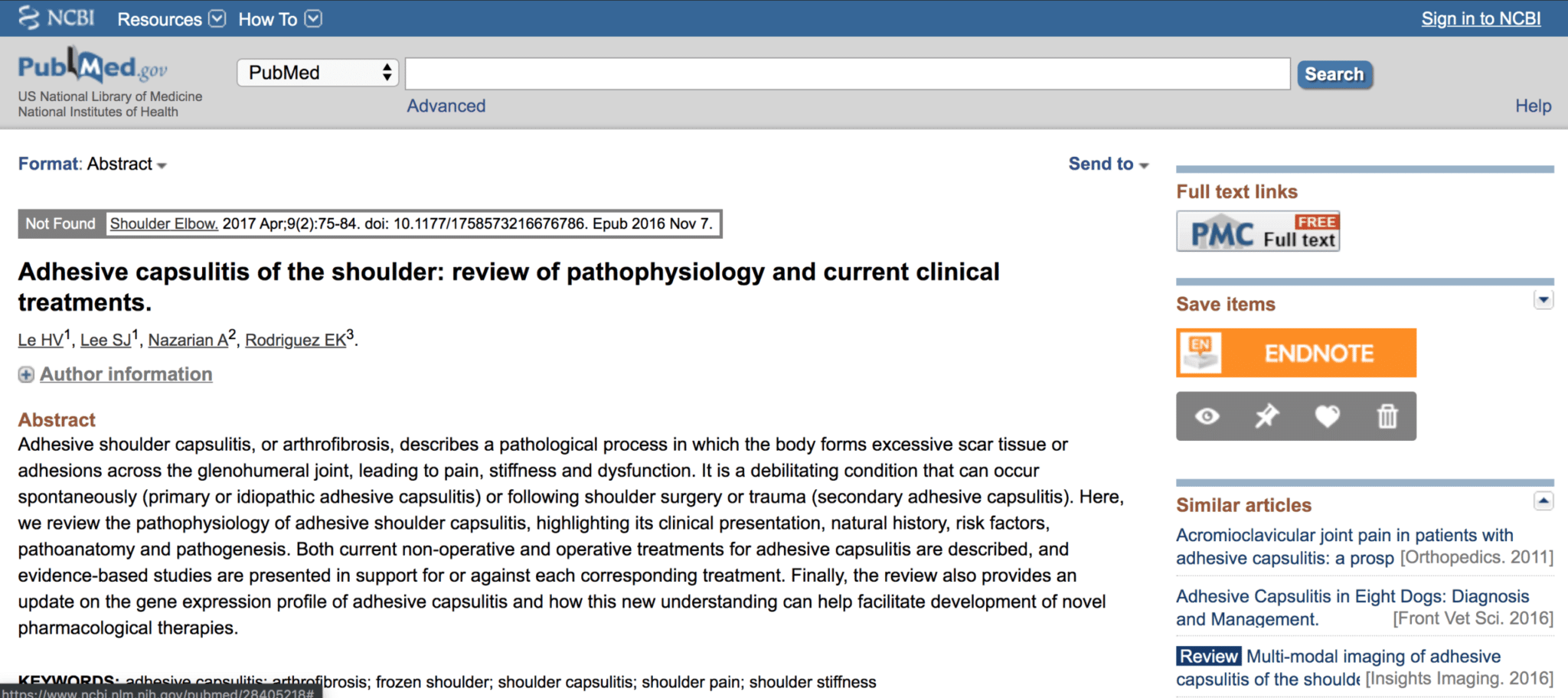
各個醫學期刊上對五十肩僵硬的描述
The stiffness is ultimately caused by fibrosis and the resulting contracture of the glenohumeral joint capsule and its ligaments
論文們普遍以纖維化fibrosis,關節囊及韌帶的攣縮來形容contracture of GH joint capsule and ligament. 可以想像五十肩的沾黏,是多麼的硬、沾黏與難以處理。
Adhesive shoulder capsulitis, or arthrofibrosis, describes a pathological process in which the body forms excessive scar tissue or adhesions across the glenohumeral joint, leading to pain, stiffness and dysfunction.
關節纖維化arthrofibrosis。過多的疤痕組織與沾黏excessive scar tissue or adhesions。
我節錄內容重點如下:
Earnest Codman later coined the term ‘frozen shoulder’ in 1934 to emphasize the debilitating loss of shoulder motion in patients afflicted with this condition. He described this condition as ‘difficult to define, difficult to treat and difficult to explain from the point of view of pathology’.
Codman先生描述 五十肩是個3D的疾病:Difficult to define, D to treat, D to explain. 就是很Difficult
Codman應該就是發明鐘擺運動那位先生~
The incidence of adhesive capsulitis in the general population is approximately 3% to 5% but as high as 20% in patients with diabetes. Idiopathic adhesive capsulitis often involves the nondominant extremity, although bilateral involvement has been reported in up to 40% to 50% of cases.
一般人發生率3-5%,糖尿病者發生率20%!!!!常發生在非慣用手,然而40-50%會雙側都沾黏~
However, various studies have shown that between 20% and 50% of patients may go on to develop long-lasting symptoms.
如果你都不理他,可能20-50%會變成有終生後遺症QQ
MRA findings of coracohumeral ligament (CHL) ligament thickness 4 mm (95% specificity, 59% sensitivity) or capsule thickness 7 mm (86% specificity, 64% sensitivity) may aid in the diagnosis of adhesive capsulitis. Dynamic sonography may reveal thickening of the joint capsule and limited sliding movement of the supraspinatus tendon. These findings correlate with intraoperative direct visualization, documenting thickening of primarily the rotator interval and CHL.
雞婆的 很有研究精神的去作磁核共振血管造影檢查MRA後,發現有一條韌帶CHL增厚4mm,關節囊增厚7mm。脊上肌活動不良。這些發現跟開刀進去看的發現很像!
因此專業治療肩膀的,一定要知道的 喙肱韌帶CHL-coracohumeral ligament.
不然下次問你同事:那個病人五十肩,阿你CHL治療了嗎?你不知道最新研究顯示-五十肩一定要治療CHL嗎?磁核共振血管造影檢查顯示五十肩的患者平均CHL增厚4mm所以一定要治療這條韌帶啊啊啊啊啊~~~ 包準他把你當神來拜。
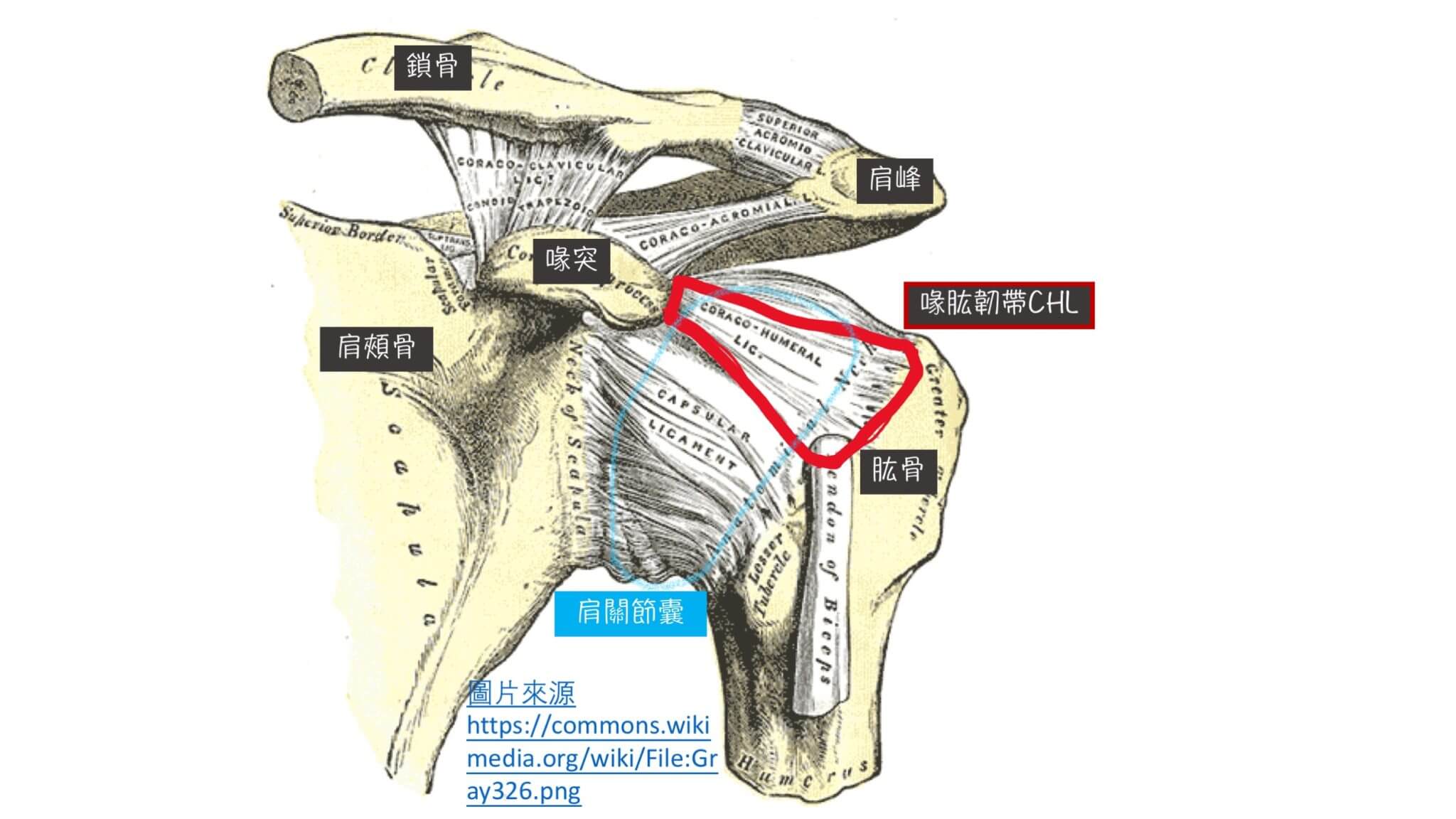
Risk factors for adhesive capsulitis include female sex, age over 40 years, preceding trauma, HLA-B27 positivity and prolonged immobilization of the glenohumeral joint. It is estimated that 70% of patients with adhesive shoulder capsulitis are women.15 Additionally, men do not respond to treatments as well as women.16 Demographic studies have shown that most patients with adhesive capsulitis (84.4%) fall within the age range of 40 years to 59 years.10 A recent meta-analysis study by Prodromidis and Charalambous17 suggested a genetic predisposition to adhesive capsulitis, noting a higher predilection of this condition in white patients, patients with a positive family history, and patients with HLA-B27 positivity.
接下來內容多,重點快速帶過
女生超過40歲容易得。70%都是女生得五十肩。男生對治療反應不佳。84.4%的五十肩都在40-59歲。帶有HLA-B27的患者容易五十肩。HLA-B27就是杰倫病-僵直性脊椎炎。糖尿病者容易罹患,更不容易好。易五十肩的疾病包含:中風者、心血管疾病、自體免疫疾病、手指僵硬症Dupuytren’s disease. 甲狀腺患者易五十肩。
MRA and MRI studies reveal that the CHL is also thickened (4.1 mm versus 2.7 mm) in patients with adhesive capsulitis. Likewise, the capsule in the rotator interval is thicker (7.1 mm versus 4.5 mm) and the volume of the axillary recess is smaller (0.53 mL versus 0.88 mL) compared to controls.
MRA發現異常-正常CHL: 4.1mm VS 2.7mm
滑囊在旋轉肌間隙內rotator interval 異常-正常:7.1mm VS 4.5mm 有增厚
Axillary recess的容積減少 0.53ml VS 0.88ml
Adhesive capsulitis has long been considered to be a primarily fibrotic disorder similar to Dupuytren’s disease because the histology of affected specimens primarily show fibroblasts mixed with type I and type III collagen. These fibroblasts were observed to transform into smooth muscle phenotype (myofibroblasts), which is assumed to be responsible for capsular contracture. There are altered levels of matrix metalloproteinases (MMPs), which are involved in scar tissue remodelling.
目前比較可信的說法是,五十肩與纖維母細胞fibroblast,膠原蛋白第一型第三型的調控不良有關,而影響了疤痕組織的重塑。或許以後藥物發明-可以朝調控 纖維母細胞 的這方向進行。
(IL)-1a, IL-1b, tumour necrosis factor (TNF)-a, cyclooxygenase (COX)-1 and COX-2 in capsular and bursal tissues
五十肩裡面有一大堆發炎物質……
Other molecules that have been shown to be elevated in local tissues obtained from adhesive shoulders include mitogen-activated protein kinases (ERK and JNK), NFkappa B, CD29 (b-1 integrin) and VEGF.37 Markers for blood vessels (CD34) and nerves]nerve growth factor receptor p75, growth associated protein 43 (GAP43), protein gene product 9.5 (PGP9.5)] are also elevated. This suggests concluded that both neoangiogenesis and neoinnervation occur in adhesive capsulitis, and the latter process may explain why adhesive capsulitis is unbearably painful.
這裡有個有趣的內容說到:為何五十肩會那麼痛???因為五十肩的關節囊液裡,有找到神經細胞的傳導物質。表示五十肩會引起多餘的神經細胞生長。而神經直接長到發炎的關節裡,難怪會很痛!
後來就討論到了治療 Non-operative management
物理治療-有效。但居家運動更重要
藥物治療-短期使用有效。但避免長期使用,以及副作用。(頭暈、噁心、腸胃不適)
類固醇注射-初期有效。長期效果不佳。需避免長期使用的副作用。(臉潮紅、月經出血等)
玻尿酸注射-效果不錯,無副作用。
肩胛上神經阻斷注射術-SSNB:Suprascapular nerve block-止痛效果好,無明顯副作用。(請找專業的施打)
擴張治療Hydrodilation-還不錯,沒什麼副作用。
其他神奇療法 WBC-whole body cryotherapy 全身冰凍艙。不錯!比單做物理治療效果快!可能因為冰凍降低疼痛、發炎物質。但但但—需立即搭配徒手鬆動效果才會好!
這個感覺有趣有搞頭~許多明星、藝人們用來減肥、強化肌肉線條、保養皮膚呢!
但是很貴很貴啊哈哈哈 不是小店負擔得起。有哪個大老闆要捐冰凍倉 WBC的話我免費幫忙保養:D
國內似乎只有看到某知名整形外科醫師有買這個東西商用中…
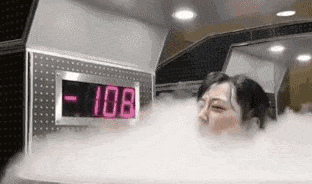
肉毒桿菌注射-貴貴的,效果沒比較好。
手術治療-堡醫師沒在做手術治療,有需要請找醫院的骨科醫師詢問喔~~~
簡短說-麻醉下鬆動MUA-manipulation under anesthesia-效果ok。但有些報告顯示:有的人拉斷了軟骨SLAP、拉斷肱骨頭、拉斷腋神經、拉到積血、拉到纖維斷裂的……如果要施作,請找您信賴的醫師。
特別提到:糖尿病者做了效果不好,最好不要做。
關節鏡下關節囊切開 Arthroscopic capsulotomy-此文獻寫安全方便有效。
特別提到:糖尿病者做了效果沒那麼好,但還是可考慮做。
術後沾粘 Postoperative adhesive capsulitis-很可怕,外科醫師也怕怕。
最好:預防勝於治療。可考慮物理治療、徒手鬆動、或是關節內注射(我建議擔心開刀完沾黏者,可先打玻尿酸或血小板預防)
切開關節囊 Open capsulotomy-前面幾招都沒效的可考慮。
未來治療法 Future therapies-off-label use of collagenase injection in patients with adhesive shoulder capsulitis
前面有提過五十肩可能與膠原蛋白有關,因此打膠原蛋白溶解脢?好像有效。但還屬於實驗中。
論文篇總結:持續點贊 關注 分享 三連發,就是了解未來治療最好的方法~
此為較偏向學術探討,如果你看了頭昏眼花、不知所措,
還是記得 老話一句:找你信任的專業醫師進行治療就對了。
延伸閱讀
相關激痛點地圖
